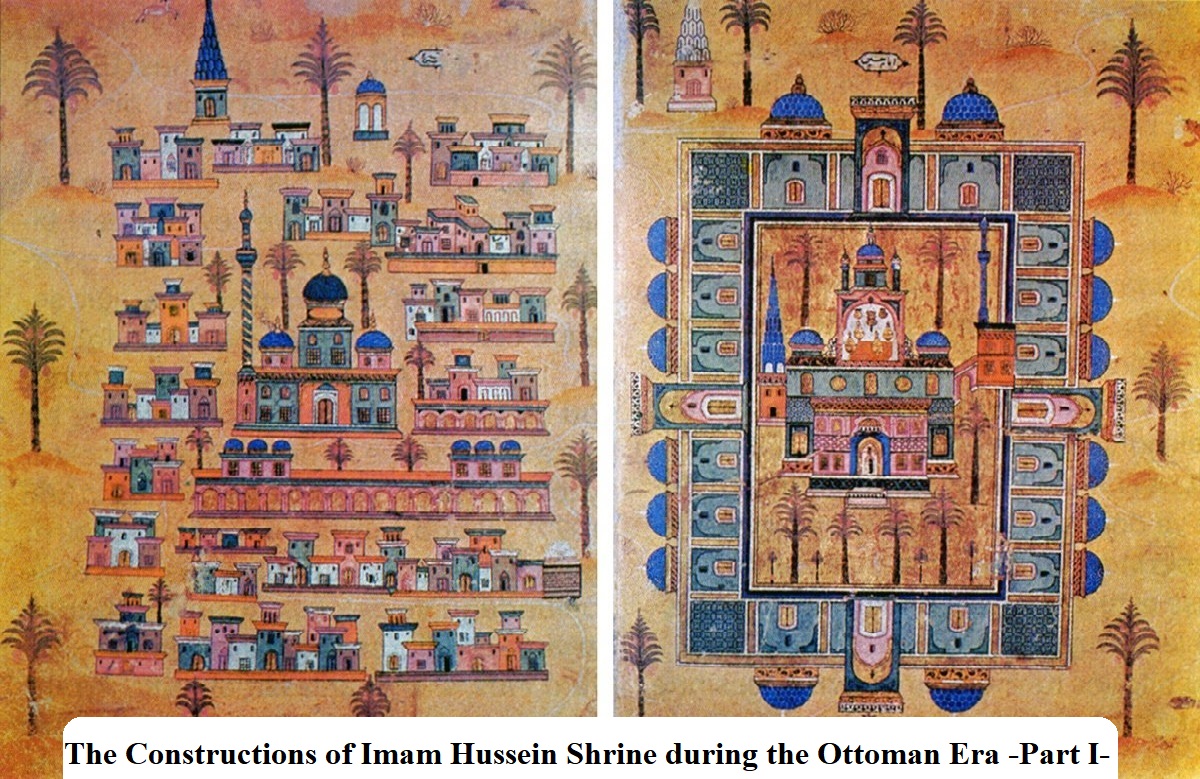In 767 A. H. (1366 A. D. ), Aminul Din Maijan, the governor (wali) of Baghdad appointed by Sultan Uwais, built a minaret which was later known as Nfi'thanat al- Abd (the minaret of the slave). This was built of local clay brick (ajur), and gypsum and was situated in the eastern side of the open courtyard of the shrine of Imam Hussain (A. S. ). He also built a small mosque next to it.
Repairs, improvements and additions were made to the shrine building in different pedods, especially during the rules of the Safavids, Ottomans and Qajaris. In 914 A. H. (1508 A. D. ), Shah Ismail al-Safavi offered a gift consisting of a raised chest with latticed window on four sides, known as al-dharih, designed with silver and erected above the grave of Imam Hussain (A. S. ). He also ordered the gilding of the borders around the exterior of this al-dharih. This was the first time gold was used in decorating these buildings.
In 948 A. H. (1576 A. D. ), following instructions from the Ottoman Sullan Murad (III), the Ottoman wali (governor), Ali Pasha al-Wendzada, renewed the building of the mosque (i.e. the shrine) of Imam Hussain (A. S. ) and its illuminated dome.
In 1048 A. H. (1638 A. D.), the Ottoman Sultan, Murad (IV), ordered the restoration of the dome of the shrine of Imam Hussain (A. S. ). It was built of clay brick (ayur) and gypsum and then plastered from the outside with gypsum.
Source:
- Holy Shrines of Karbala: By Raouf Mohamed Ali Al-Ansari
[P. 122-123].

